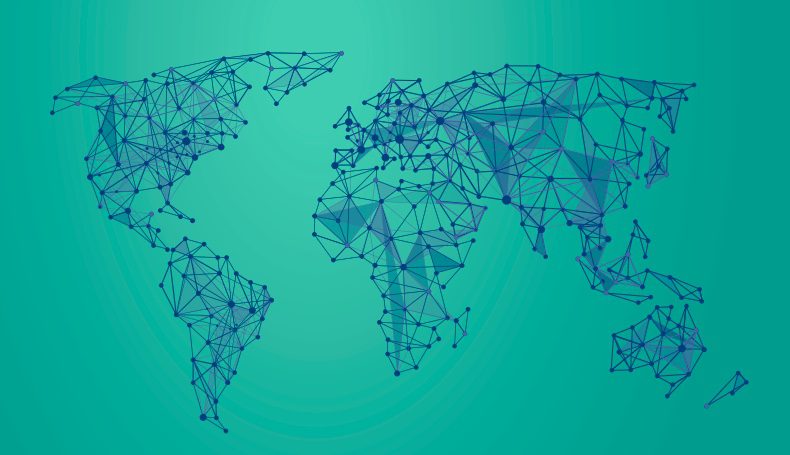
Mapping the online landscape of risks of trafficking in human beings on sexual services websites across the OSCE region
Executive Summary
Criminals misuse technology during all the stages of the human trafficking crime. One of the most frequent examples is the use of online platforms2 to advertise victims of trafficking for sexual exploitation at scale. Traffickers advertise victims on a variety of platforms, but the most commonly used are websites offering sexual services, escort services, and massage services, as well as broader ‘classifieds’ advertising platforms, advertising aggregators, hobby boards3 , and sugar daddy sites.
Since trafficking in human beings is a financially motivated crime, online platforms play a central role in the human trafficking criminal operations because of their capacity to spread information to a wide audience and attract an enormous number of buyers of sexual services, which in turn leads to increased illegal revenues.
From an anti-trafficking perspective, acknowledging the role of online platforms in facilitating human trafficking, especially for sexual exploitation, is crucial. However, more important is to transfer this understanding into a systemic institutional response by mapping websites with high risks of trafficking, analysing data and information they contain, and developing a process of monitoring websites for human trafficking indicators and referral to competent authorities.
In line with this objective, this report seeks to address the information gap existing in the anti-trafficking community about websites with high risks for facilitating sexual exploitation across the OSCE area. There are many online platforms that are misused for sexual exploitation of victims and different platforms are differently exposed to the risk of human trafficking. This report focuses on sexual services websites4 which, based on a number of characteristics discussed below, are considered to be exposed to the highest risks of trafficking for sexual exploitation and which should be prioritized by anti-trafficking stakeholders.
The report assesses the landscape of websites facilitating sexual services in a number of OSCE participating States and provides detailed information about how these websites operate, information and data associated with the sites, and a discussion of whether they display potential indicators of human trafficking.
There is an intense debate in the anti-trafficking community regarding how much human trafficking for sexual exploitation and prostitution overlap and how much these topics need to be analysed together. As pointed out throughout this report, there is a clear understanding that not all advertisements for sexual services on websites can be categorized as human trafficking cases and that a large portion of these ads refer to people willingly selling sexual services. Nevertheless, there is a strong evidential base which confirms that sexual services websites are one of the main venues for traffickers to advertise their victims for sexual services in order to earn criminal profits. And exactly for this reason, sexual services websites have to be analysed and understood by the anti-trafficking community with the purpose to be able to differentiate between the consensual provision of sexual services and cases of trafficking for sexual exploitation.
Countries analysed in this report were selected based on criteria such as geographical distribution within the OSCE area, evidence of an established online sexual services marketplace, and prevalence of trafficking in human beings. The OSCE is not providing the names of the specific countries researched in order to avoid the possible erroneous interpretation that only these particular countries have online marketplaces which serve as a venue for possible exploitative practices. Instead, the OSCE intends to highlight that the existence of platforms facilitating possible exploitative sexual activity is a common feature of the majority of OSCE participating States. Websites in each country have been identified through search engines and scanning of online discussion forums, cross advertising from other sexual services sites, affiliation lists, media, and civil society materials.
The report provides evidence that all OSCE participating States have online markets for sexual services with high risks of exploitation, albeit different in size, format and norms. The report provides specific analysis on multinational sites facilitating sexual services with risks of exploitation identified by the research and other country-specific websites. For the websites analyzed in this report, individual analysis is provided including who is advertised on the websites, how buyers can contact people engaged in prostitution, prices for services, and affiliation of websites with other platforms, information which is important to gather and analyse in order to conclude if indicators of exploitation are present on these sites.
Finally, the report recommends systematic mapping of sexual services websites, building the capacities of law enforcement to initiate pro-active investigations in case of finding trafficking indicators on these websites, enhancing co-operation across jurisdictions, creating standards for data collection, and incentivizing websites to prevent their services from being misused for exploitative purposes
Read or download full report here.
